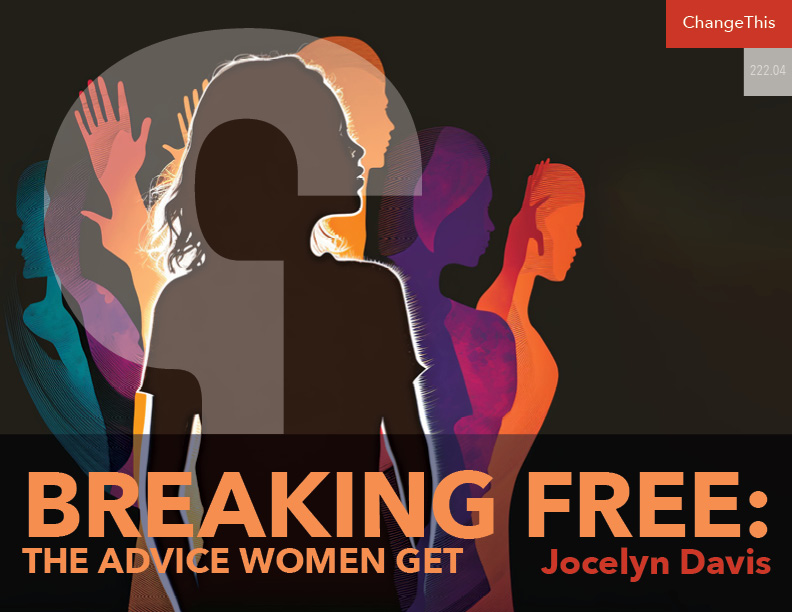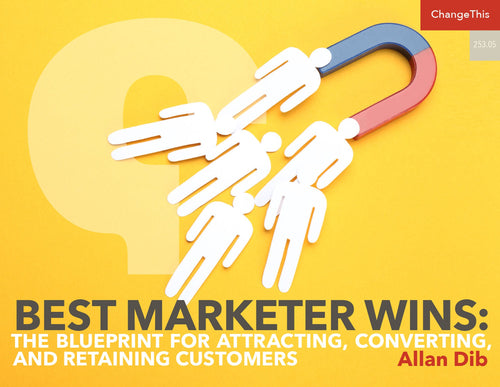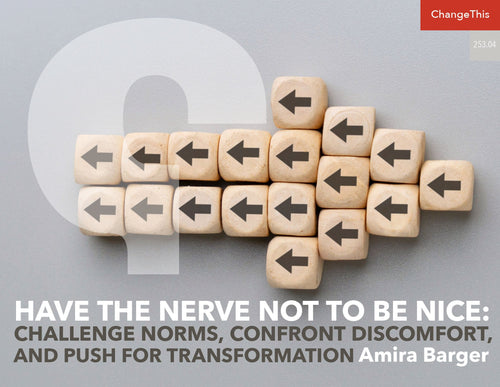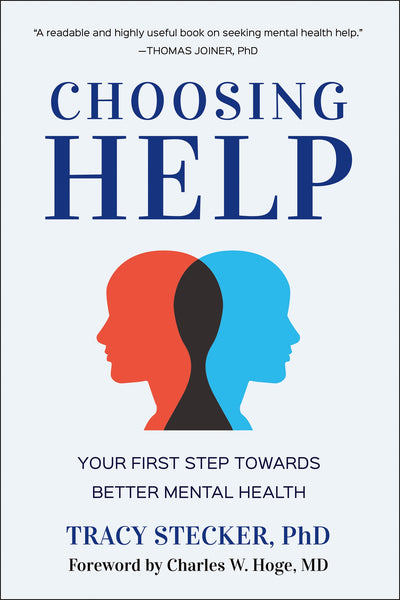Breaking Free: The Advice Women Get
The Medusa Trap is women’s tendency to squander our natural insubordination on petty displays of spite directed at our enemies, real or perceived; some call it “toxic femininity.” While it can feel good to see a blowhard frozen by our disdain, and while we might imagine it makes us powerful, the Gorgon’s gaze is really just a female version of the chest-thumping we find so pathetic in men: just a mean girl’s way to puff herself up, creating an illusion of power. And like chest-thumping, it’s effective only in minor, temporary ways.
The original Medusa was decapitated by Perseus, who avoided her deadly gaze by looking at her reflection in his magic shield. Feminist scholars note that Medusa got a raw deal: the goddess Athena turned her into a Gorgon as punishment for being raped in Athena’s own temple, then banished her to an island where she was pursued by trophy hunters and eventually killed. It’s a sad and uninspiring story, for a Gorgon lady has but one act in her repertoire: the withering, shriveling stare. When we emulate her, we only make ourselves smaller.
(There are other ways to interpret the myth of Medusa; for example, it could be seen as a tale of one woman—Athena—helping another—Medusa—to escape her abuser. Medusa’s head ends up on Athena’s war shield, the famous Aegis that protects the city of Athens. Looked at thus, she is a symbol of female power and solidarity.)
So what are the better models?
There’s no shortage of advice out there: professional, personal, and spiritual. Much of it is useful, but none of it is fully satisfying. Let’s take a quick look at the four main types of advice served up by the modern-day gurus of female empowerment: lean in, aim to please, walk the tightrope, and work together for change.
LEAN IN
Sheryl Sandberg’s book of this name is the best-known in a large collection of similar guides that urge women to be more assured and direct— to “sit at the table,” as Sandberg puts it, rather than in a side chair.
Some of these advisers take a kindly big-sister tone: be confident, don’t sell yourself short, I’m rooting for you. Others are more in the tough-love vein: it’s a man’s world and the men play hardball, so quitcher whining and learn to play hardball yourself.
Some say this type of counsel is geared to rich women with household help and super- supportive husbands, a criticism that seems justified: if you’re a single mom who has to pick up the kids at daycare then pull a second shift of dinner prep, homework, baths, bedtime, and a couple more hours of email, laundry, and worrying about the bills before finally getting to sleep after midnight, you’re not going to have much energy left for rocking the morning meeting.
But the larger problem with this category of advice isn’t the elitist myopia; it’s the assumption that climbing a corporate ladder is the only game in town and that the rules of that game must always be followed.
Of course the lean-in proponents will counter that if climbing a corporate ladder isn’t your thing, their book isn’t for you. By anchoring their advice in corporate structures, however, they overlook the many paths for women that involve dodging or subverting those structures even while operating within or alongside them.
Many of my real-world examples of female archetypes engaged in just that sort of subversion: they played a man’s game, not by his rules. Or they stepped out of the game altogether. Leaning in is fine, but (to quote Georgetown law professor Rosa Brooks) there is much to be said for leaning out.
AIM TO PLEASE
These advisers would have us drop all attempts at hardball and instead work to become, in the words of Marabel Morgan’s bestselling book of 1973, a “total woman.” The original total woman was a homemaker who’d go to any lengths to please her husband, whether by flattering him, cooking his favorite meals, or (as the author famously suggested) greeting him at the door in the evening wearing nothing but three Dixie Cups.
The Total Woman lifted to prominence an entire self-help genre focused on techniques for finding, catching, and keeping a successful male partner. Dating and marriage are the main topics, but there’s also a subgenre that counsels women in the workplace to soften their approach and polish their appearance in order to form alliances with men who’ll look out for them professionally. I remember reading about one women’s workshop—I don’t recall the sponsor—at which attendees were instructed to wear “the three Ps: pink, pumps, and pearls” in order to assure their advancement at the office. (Again we see the bias toward women who can afford pearls.)
Morgan and her ilk are easy to mock, but their advice isn’t crazy. They believe in gender complementarity: that men and women have different natures entailing different strengths, and that we should play to those strengths.
The concept of a “female brain,” though questioned by most neuroscientists, crops up often in the sort of book that may not tell women to wear the three Ps but does tell them to use their supposedly superior teamwork abilities, listening skills, or empathy in order to stand out from the men and get ahead. Again, not crazy.
The drawback of this type of advice, though, is that “strong and complementary” can easily devolve into “weak and lesser.” A badass woman can wear pink, pumps, and pearls, but at some point she’s likely to find those heels slowing her down. (Not to mention the Dixie Cups.)
WALK THE TIGHTROPE
The so-called tightrope dilemma is the need to walk the line between competence and likability. It’s a balance easy for men to strike, hard for women.
Research shows that a man perceived as competent tends also to be perceived as likable, while the more competent a woman seems the less likable she seems, and the more likable, the less competent. A competent woman pursuing a higher position is especially apt to be disliked; once she achieves the higher position (if she achieves it) and starts actually doing the job, her competence and likability are easier for people to reconcile.
Gurus therefore suggest we walk the tightrope by, basically, disguising our ambition: smile a lot, act friendly, tout our team’s accomplishments rather than our own, say “we” not “I,” and never, ever let on that we aspire to the boss’s job. In other words, go ahead and be competent—just don’t act like we expect to be rewarded for it.
This genre of advice acknowledges the shortcomings of “lean in” and “aim to please” and tries to combine the two approaches into one, whereby we project a perfect balance of strength and warmth while cleverly hiding our will to power. It’s a sophisticated take on what works for women; the problem is that balancing acts are exhausting. Who can walk a tightrope all day, every day?
Thinking back on my own attempts to do it over a 25-year consulting career, I can see that although I often succeeded, it was only because I was lucky enough to work in a place unusually supportive of women. Our company’s senior staff was mostly female; moreover, the company founder (a man) had made it his explicit aim to create a woman-friendly culture. That culture lasted as long as a home-grown CEO was in charge, but when a new regime took over, I was shocked to see how quickly the tightrope got yanked out from under us women leaders, our balancing acts no longer effective or appreciated.
WORK TOGETHER FOR CHANGE
By now you might be getting irritated. “Why should women have to worry about any of this stuff?” you ask. “Why must we modify our behavior to accommodate the world’s misogyny? Isn’t all this advice—lean in, aim to please, walk the tightrope—just like telling women not to wear skimpy clothing so they don’t get raped? How about instead of blaming the victims, we tell the rapists to stop raping?”
Many feminist thinkers argue the same. No amount of leaning in or wearing pink, they say, will accomplish the real goal, which is to shatter the patriarchal systems that oppress women, especially lower-income women and women of color. To do that, we need to organize.
We need to work together to change regressive laws, get more women into positions of power, and provide them with access to the resources they need in order to rise out of poverty, control their bodies, get an education, and escape danger. Once that work is accomplished, these feminists go on to say, there will be no further need for tips on how to succeed at the office or how to avoid being raped. There will be a level playing field on which women will compete as equals. Women will be free, and women will thrive.
To that I say: Yes, by all means, let’s work for structural change. Once again, though, this good advice is incomplete advice, for the advocates of structural change have nothing to say about what we’re supposed to do while we’re waiting for the great day of freedom and equality to arrive. “Go on working for change,” they say. Fine, but that doesn’t help me deal with my difficult boss today. It doesn’t help me get a promotion so I can pay my bills today. It doesn’t help me decide whether to leave my abusive partner today. It doesn’t help me cope with my dysfunctional family or my toxic friend or my own destructive habits—today.
Every problem is immediate and personal to somebody. The tips we women share in order to help one another with our immediate, personal problems are, I believe, every bit as worthwhile as the marches and rallies, petitions and phone banks.
When one of my first managers (a woman) told me to uncross my arms and smile so I’d come across friendlier, that wasn’t oppressive nonsense; it was useful feedback. When I told my college-age daughter not to get blind drunk at parties lest she be sexually assaulted, that wasn’t blaming the victim; it was sound counsel on how to enhance (note well, I do not say assure) her safety, counsel that was entirely compatible with my donations to RAINN and advocacy for tougher laws against human trafficking.
To repeat: Women’s greatest strength in our ongoing struggle for freedom is our range. We can march for justice and sit at the table and walk a tight- rope—wearing pink, if necessary. If pink doesn’t work, we can try blue, or chartreuse, or purple polka dots. Mutability is our magic. Divergence is our deal.
Is it fair that we face so many barriers? Of course not. But even as we acknowledge the unfairness, we should never forget there is plenty we can do, individually and together, to leap, dodge, crawl under, smash, or otherwise defeat the barriers. Despite the many forces conspiring to keep us small, we can be big.
Adapted from Insubordinate: 12 New Archetypes for Women Who Lead. Copyright © 2023 by Jocelyn Davis











































